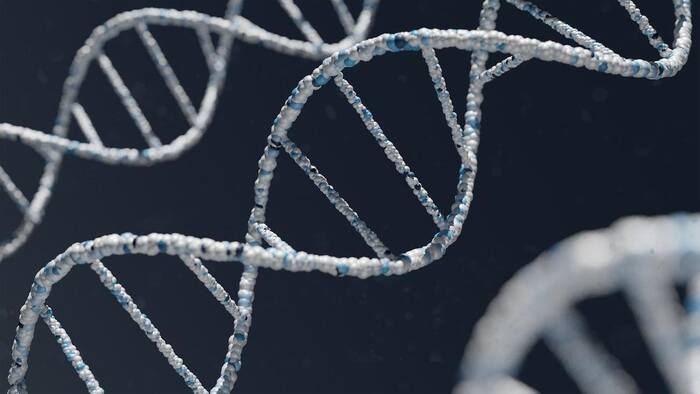Did you know that deoxyribonucleic acid, or DNA, is often called the “blueprint of life?” DNA exists inside every cell in your body and holds all the information needed to develop a fully functioning living being.
The discovery of DNA was made by James Watson, Francis Crick, and Rosalind Franklin in 1953. Since then, it has changed the way we understand not just ourselves but has also given us new insights into past human history.
It is fascinating that one can learn about ancestral origins, migration patterns, ancient diseases, major historical events, and much more through DNA analysis.
DNA testing has become an extremely powerful tool in the modern world. From identity verification to legal and forensic contexts, the need for high-accuracy DNA testing is crucial. In this article, let us explore the factors that affect testing accuracy, as well as the implications when quality standards are not maintained.
In What Contexts Are DNA Tests Administered?
It would be a mistake to explore this topic without first establishing some context. We mentioned earlier that identity verification, legal, and forensics were some areas that made use of testing. However, you would be surprised at just how many other areas of life benefit from the analysis of DNA.
These include medical diagnostics and risk assessment, pharmacogenomics, non-invasive prenatal testing, archaeological studies, drug development, and much more.
Each of these contexts is extremely important, and DNA testing can often be transformative in people’s lives. For instance, in medical diagnostics, it can help doctors identify whether there is a genetic predisposition to certain diseases. This can help shape treatment options, ultimately saving lives.
What are the factors affecting DNA Test Accuracy?
It’s normal for people to wonder: How accurate are DNA tests? After all, if they are being used in so many high-risk situations, they have to be almost infallible, correct?
Well, according to Health Street, modern-day DNA tests are very reliable. If you have an ancestry test done, it is usually 99.9% accurate. That’s about as good as you can get.
Naturally, the quality of testing systems is extremely important, and a number of factors can affect testing accuracy. Let’s look at some of them.
The first factor would be sample quality and collection. It goes without saying that contaminated or degraded samples are unlikely to yield accurate results. This is why testing procedures make use of sterile swabs and focus extensively on sample integrity.
Once a sample makes its way back to a testing facility, it’s still not over yet. There are several factors that can still affect accuracy. This includes human error and statistical interpretation. Human error can manifest itself in the form of data entry errors, calibration errors, sample mix-ups, miscommunication, and more.
What Are The Implications of Innacurate DNA Tests?
Inaccurate DNA testing results, depending on the situation, can have serious consequences. If mistakes in testing occur in a legal context, it could affect the course of criminal investigations. A guilty person might walk free because the court ruled that DNA and forensic testing results were inconclusive. Similarly, the opposite can happen.
If it occurs in the context of relationships, it can be equally significant, even causing divorce. For instance, if the results do not prove paternity due to a mix-up of samples, families and relationships can be destroyed. This is a field where the utmost care is needed.
Thankfully, there are a number of guidelines and regulations that testing companies need to abide by. For instance, the Clinical Laboratory Improvements Amendments (CLIA) have a variety of regulations when it comes to laboratories that conduct clinical testing on humans, which includes working with DNA.
Laboratories have to ensure they meet rigorous criteria for staff and personnel, record keeping, quality control, and more.
Conclusion
As time passes, we are seeing several exciting advancements in this field. As expected, AI is very much going to be a part of the testing process in the coming years. It can help scientists notice patterns in genetic data that might otherwise be missed.
Likewise, nanopore sequencing, digital PCR, and isothermal amplification techniques are dramatically improving the quality of testing results.
In the coming years, we are also likely to see an expansion in home-based testing that can be conducted with kits or through point-of-care devices. They already exist, but future options will likely have even better accuracy. It will be interesting to watch what implications these developments will have for the world. Hopefully, ethics and privacy are also taken as seriously as accuracy.


